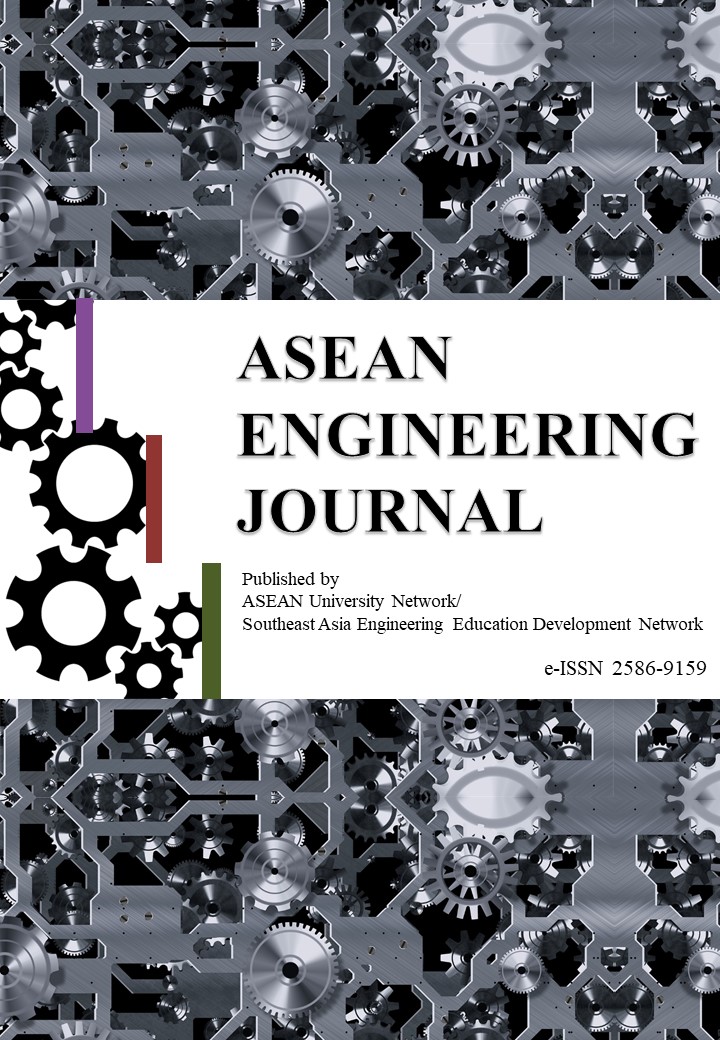ONSHORE-OFFSHORE FACIES CHANGE OF NGRAYONG SANDSTONE IN MADURA AREAINDONESIA
DOI:
https://doi.org/10.11113/aej.v8.15499Abstract
Ngrayong sandstone composes a siliciclastic reservoir that produces oil for more than a century in North East Java Basin of Indonesia. Clean sand facies makes the best reservoir in western part of the basin, onshore East Java Island. Meanwhile, sand quality decreases eastward to Madura Island. In Madura, rock gradually changes to be more calcareous and shaly, due to the change of depositional environment. In offshore of Madura, the depositional environment is still questionable. This study is aimed to reveal differences between onshore and offshore facies of Ngrayong sandstone in Madura as their distribution is not well known and oil potential of Madura Strait is not well identified. Study methods consisted of geological field work, well correlation, and petrophysical analysis from several well data. The results show that Ngrayong sandstone was deposited during Middle Miocene, composed by interbedding of thickly bedded sandstone and alternating thinly bedded sandstoneshale. The succession is commonly intercalated by mudstone and thinly bedded limestone. At Madura Island, Ngrayong sandstone overlies the Early-Middle Miocene Tawun Formation, which both represent the Megasequence (MS) 3 interval. Due to regional subsidence and transgression during Late Miocene, Ngrayong sandstone and other equivalent rocks were overlain by monotonous mudstone and calcareous sandstone of Wonocolo Formation. The Ngrayong sandstone is evenly distributed in whole surface area of Madura Island and it spreads further 25-50 Km to the south and 100-125 Km to eastern part of offshore Madura Strait. Sandstone distribution is roughly depleted from the gross thickness hundreds of meters in northern part to only few centimeters in southeast part of study area. The facies changes to be more calcareous to the east, while the southward facies is shaly due to a deeper depositional environment. Despite of facies changing into shales or carbonate facies, Ngrayong sandstone potential in offshore Madura Strait needs to be considered as upside potential due to its distribution is wider than initial estimation, and its petrology and petrophysic data support it as a clastic reservoir.
















